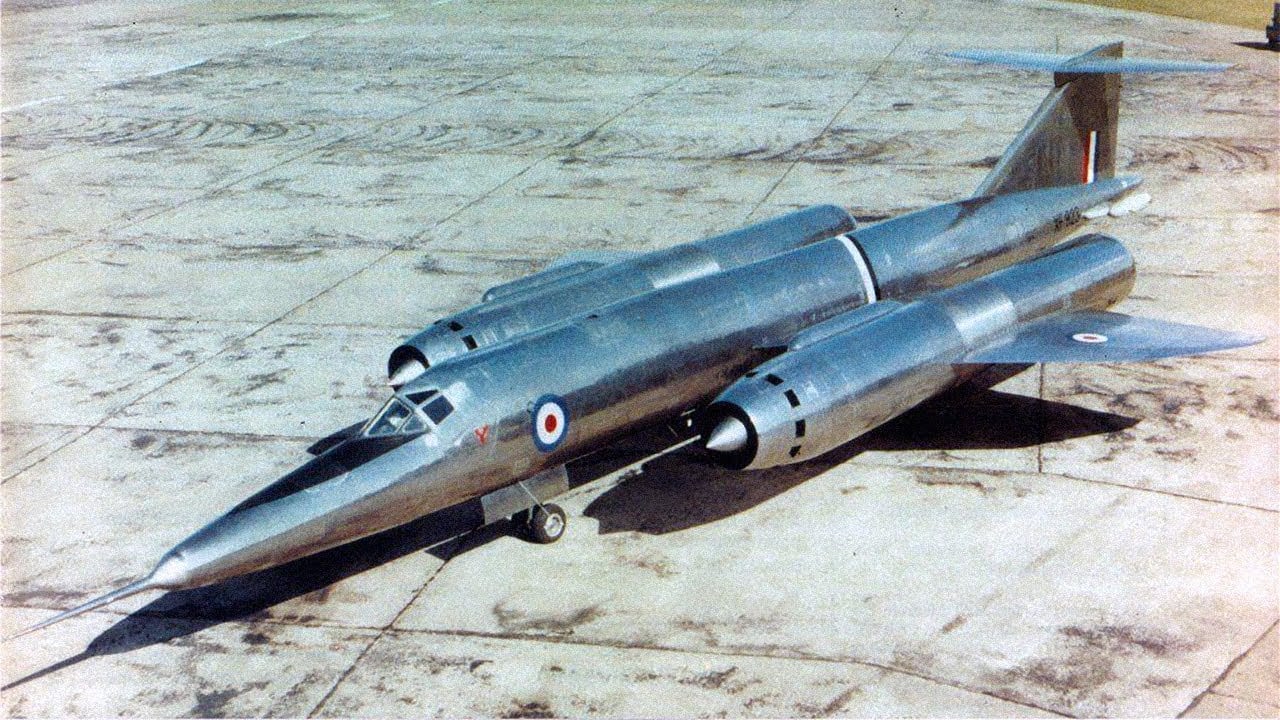The Pentagon's recent approval of a classified strategy to counter drone threats underscores the escalating urgency of addressing the risks posed by weaponized unmanned aerial systems (UAS). Defense Secretary Lloyd Austin's initiative aims to unify the military's response to these threats, which have become increasingly prevalent, particularly from adversaries like Iran-backed Houthi groups and in the context of the ongoing conflict in Ukraine. The Department of Defense (DOD) recognizes that these unmanned systems represent both immediate and long-term challenges to U.S. personnel and assets, necessitating a cohesive approach that integrates various military capabilities to effectively neutralize these threats.
The strategy outlines a comprehensive framework that includes enhancing detection and tracking capabilities, targeting threat networks, and embedding counter-drone measures into military doctrine and training. By prioritizing rapid deployment of counter-UAS technologies and fostering collaboration with Congress and industry partners, the DOD aims to establish a robust defense posture. While this strategy marks a significant advancement in countering unmanned systems, it also highlights the need for ongoing adaptation to the evolving threat landscape, setting a foundation for future actions and improvements in U.S. military capabilities.









